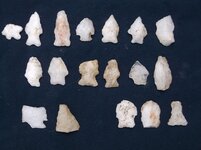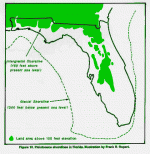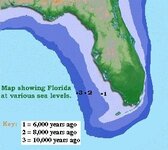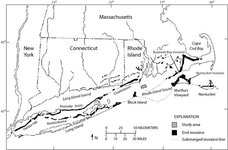DigIron2
Silver Member
- Jan 22, 2014
- 4,031
- 2,967
- Detector(s) used
- Fisher f75/1270/1266x/Radio Shack Treasure tracker/
- Primary Interest:
- All Treasure Hunting
I was doing a little homework trying to figure out how old these artifacts might be and who might have made them.So far I think they might have been Siouan or Iroquoian because the location I live in is inland Va.Not sure if that is even correct,but aging them I am completely lost. I did see some woodland points that looked similar?I was reading something that was saying that age can be determined by the notching "corner notched","side notched"but I really cant tell what is what?Here is what I have found from the site so far.


Last edited:
Upvote
0






